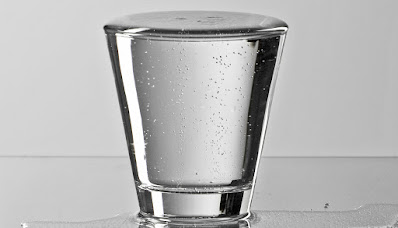PUTTING A MENISCUS ON MICROPILLARS COULD COOL ELECTRONICS
Agonafer found that the form of the micropillar made a distinction in the quantity of fluid it held before the beads splashed over. The work, the first to study fluid retention on uneven pillar frameworks, provides understanding right into design of surface micro- and nanoengineered frameworks in scientific research and design.
"We want the droplet to remain in place in addition to the micropillar because it aids with the cooling process," Agonafer says. "The uneven form improves the heat move. The meniscus is where the highest evaporative heat move occurs, so we wanted to attempt to increase that area."
Formerly, Agonafer developed a membrane layer with round tiny columns designed to dissipate the heat in digital devices. He centered the membrane layer on the water-repellent skin of the springtail, an old bug that can take a breath through its skin also under sprinkle. It was the first work to use low-surface-tension fluid within permeable membrane layer frameworks.
In the new research, Agonafer and his group found that a droplet pinned on a triangular micropillar took the the very least quantity of fluid before it splashed over, known as critical burst quantity. When they used the high surface-tension fluids isopropyl alcohol and dielectric fluid, changing the form of the micropillar from round to triangular led to an 83% and 76% decrease in critical burst quantity, specifically.
Eventually, he found that the round micropillar had a more uniform accumulation of fluid quantity compared to the triangular and settle micropillars.
"The retention of fluids on the uneven pillar frameworks had very various qualities compared to the round pillar," he says. "The fluid meniscus may not always damp the whole top of the surface of the unbalanced micropillar, producing a considerable challenge for evaluating the balance account."
Agonafer and his laboratory are currently functioning to optimize the form and the pattern of the micropillars on a range towards developing an evaporative heat trade device.
Financing for this research originated from Cisco Systems.

